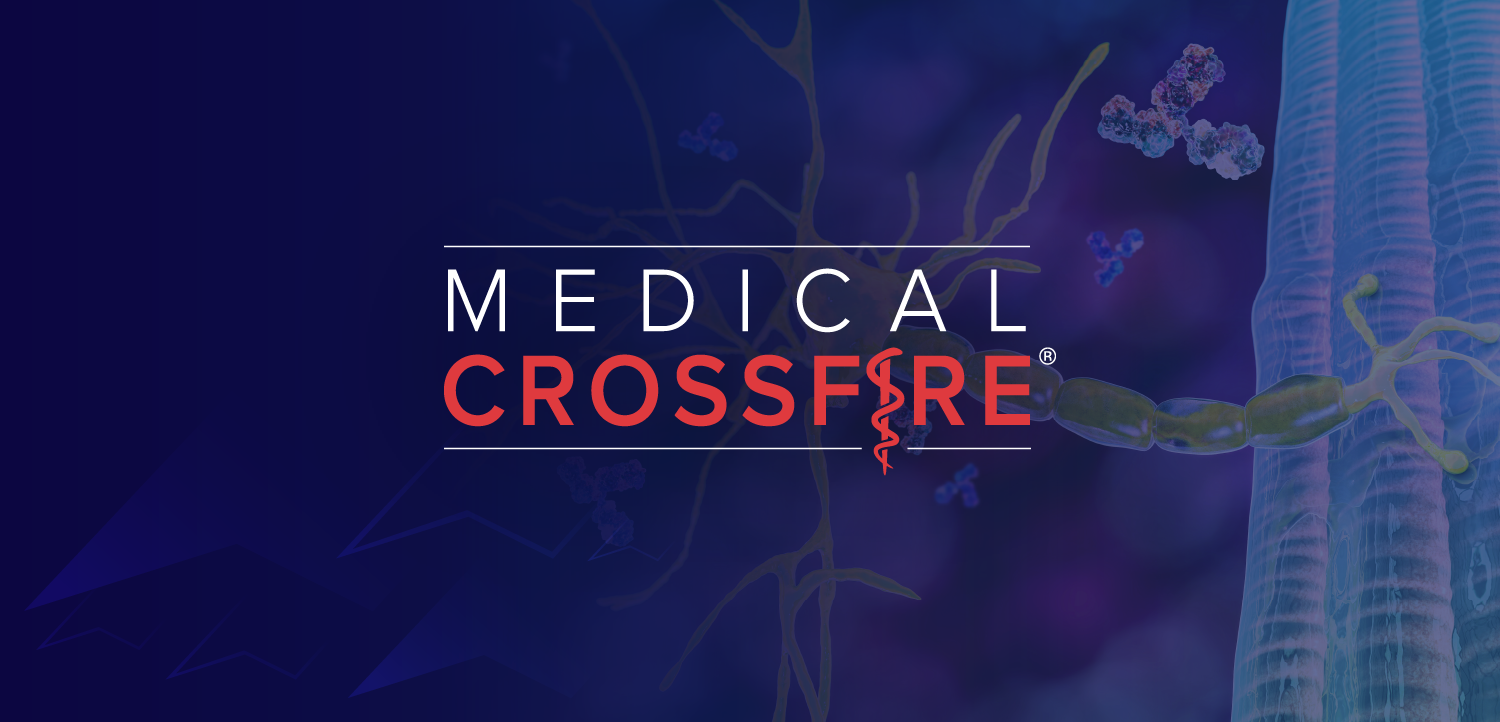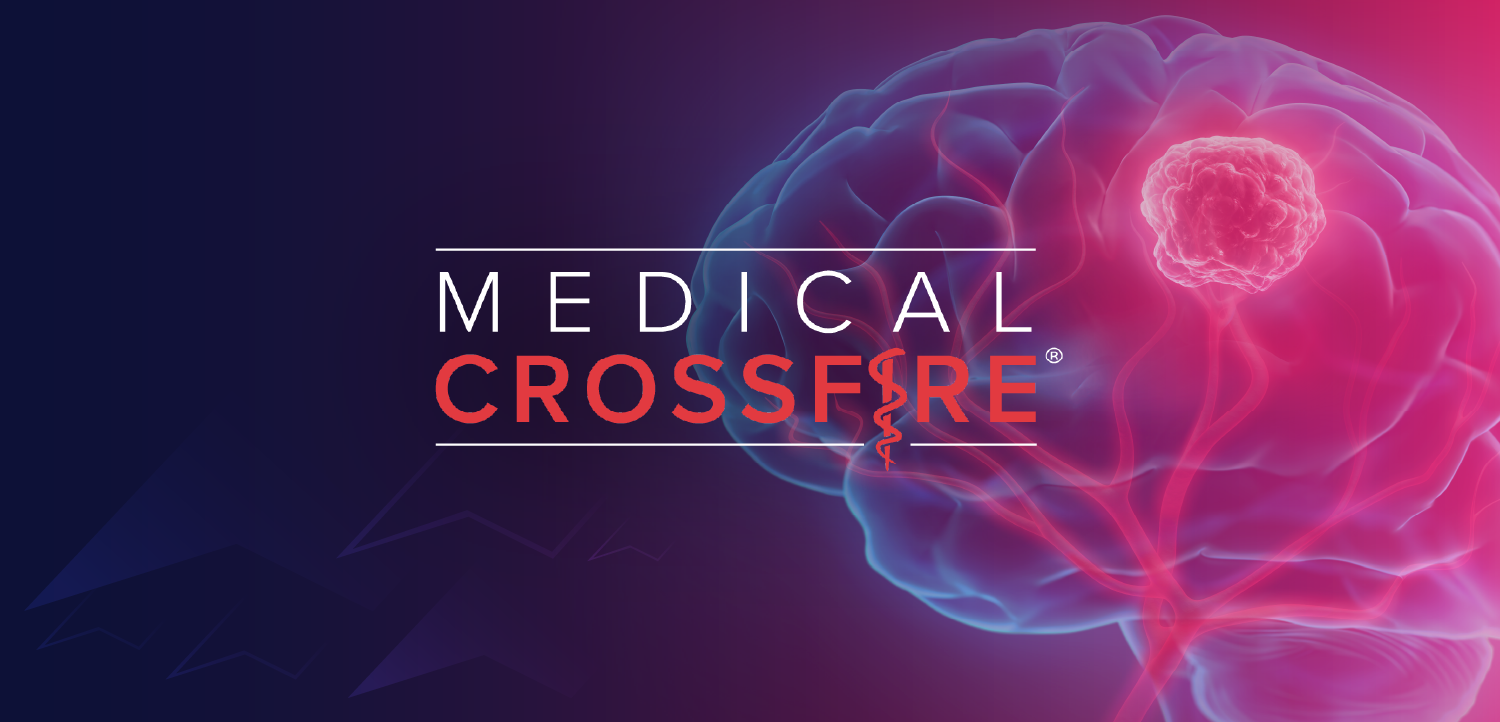
A Step Forward in Multiple System Atrophy: Phase 2 Findings Reinforce ATH434’s Disease-Modifying Potential
David Stamler, MD, chief executive officer at Alterity Therapeutics, gave clinical perspectives on ATH434, an emerging agent showing promise in phase 2 studies of multiple system atrophy.
Multiple system atrophy (MSA), a rare, neurodegenerative disease characterized by failure of the autonomic nervous system and impaired movement, affects up to 50,000 individuals in the U.S., with no approved treatments available. One promising therapeutic, ATH434 (Alterity Therapeutics), is currently being studied in a phase 2, randomized, double-blind, placebo-controlled 12-month trial (NCT05109091) of 77 patients with MSA.
The phase 2 trial included 3 arms testing 2 dose levels of ATH434 50 mg (n = 25) and 75 mg (n = 24) against placebo (n = 22), using change in the Unified MSA Rating Scale (UMSARS) as the primary end point. During the
Following the meeting, David Hamler, MD, FANA, chief executive officer at Alterity, provided some written feedback on the data presented, and why ATH434 is believed to successfully treat MSA. Hamler, one of the presenters from the meeting, spoke about the latest phase 2 analyses related to orthostatic hypotension (OH), one of the most debilitating MSA symptoms, as well as how quantitative MRI may be used as a biomarker for MSA studies going forward. In addition, Hamler touched on the rationale behind ATH434, ways to improve diagnostic accuracy of MSA, and how the therapeutic landscape will continue to evolve going forward.
NeurologyLive®: What about ATH434’s mechanism and rationale make it an attractive agent to treat MSA?
David Stamler, MD: ATH434 is attractive for treating MSA because it targets the underlying pathology of the disease. In this way, ATH434 can potentially slow disease progression and improve daily functioning. It does this by reducing the misfolding and aggregation of an important brain protein, α‑synuclein, that is vital for neurotransmission. The aggregated α‑synuclein is toxic to neurons, so preventing its aggregation is potentially neuroprotective. We have also shown that the drug penetrates cells and can target pathology inside cells; this is different from many other treatments in development. The drug reduces α‑synuclein aggregation in a novel way – by redistributing excess labile iron. In doing so, ATH434 not only reduces protein aggregation but also reduces oxidative injury that contributes to pathology.
Importantly, in addition to addressing the underlying pathology, delivery and convenience are important for highly burdened patients. ATH434 is administered orally offering a highly preferred delivery option over IV or subcutaneous treatment options.
Based on the study findings, what significance does quantitative MRI have as an objective biomarker for MSA?
We are the first group to study the effect of a treatment on brain iron in MSA. The disease is very heterogenous from a clinical standpoint, and we showed the same is also true from a neuroimaging standpoint. While we saw target engagement by reducing iron accumulation in MSA affected brain areas in our Phase 2 double-blind study, we better appreciate the complexity of doing this in a multicenter study. Going forward, we will continue to explore brain iron and may focus on other neuroimaging brain markers to evaluate drug efficacy.
How are α-synuclein aggregation and imaging biomarkers linked to disease severity, and how can using both improve diagnosis in MSA?
The diagnosis of MSA is challenging as there is no genetic test or specific biomarker for the disease. Early in its course, MSA can be difficult to diagnose because it can masquerade as Parkinson disease (PD). As we showed in our natural history study, about 25% of patients who met clinical criteria for MSA turned out to have PD. By using a multimodal approach that employs clinical criteria, fluid biomarkers and neuroimaging, we can improve the diagnostic accuracy. A-syn SAA is an evolving test. It has promise, but is not 100% reliable for differentiating MSA and PD. Also, it is currently conducted in spinal fluid only and thus can’t be done as a screening test in clinical trials because it is too invasive. We have used another biomarker, plasma neurofilament light chain (NfL), to augment clinical findings and neuroimaging to enhance diagnostic accuracy.
Focusing on the phase 2 trial, what were the biggest efficacy and safety takeaways?
In the Phase 2 study, we showed that both dose levels of ATH434 demonstrated clinically meaningful efficacy in slowing disease progression. That has not been shown before in any clinical trial in MSA. We also saw stabilization of orthostatic hypotension (OH) symptoms and preserved walking and standing in the outpatient setting. OH is the lightheadedness or dizziness that occurs with a drop in blood pressure when moving from lying or sitting to standing. Because OH and walking ability have a significant impact on function and quality of life, these findings are very important.
We previously reported robust efficacy on the Unified MSA rating scale (UMSARS), a functional endpoint, in our Phase 2 double-blind study. At MDS we presented new data that has increased our confidence in the Phase 2 results. This is based on a new analysis where we accounted for notable baseline differences in the rate of severe OH which is a predictor of rapid disease progression. When we accounted for these baseline differences, the efficacy signal at the 75 mg dose strengthened meaningfully on the key clinical endpoint of UMSARS I at 52 weeks. This new analysis continues to support our belief that ATH434 has great potential to treat this devastating condition.
In terms of safety, ATH434 was well-tolerated with no safety signals. We saw similar adverse event rates vs. placebo and no serious or severe AEs attributed to study drug.
How have MSA trials evolved over time? How has iron accumulation become more involved?
There are several sponsors developing new treatments for MSA. We are unique in using a multimodal approach to improve the precision of diagnosis, which is critical for a successful trial outcome. There has been long standing interest in targeting iron to address neurodegeneration but ATH434 has a profile unlike other drugs that have been tested. We believe the success of our trial will further stimulate interest in targeting α-synuclein aggregation through this mechanism.
Transcript was edited for clarity.
Newsletter
Keep your finger on the pulse of neurology—subscribe to NeurologyLive for expert interviews, new data, and breakthrough treatment updates.









































